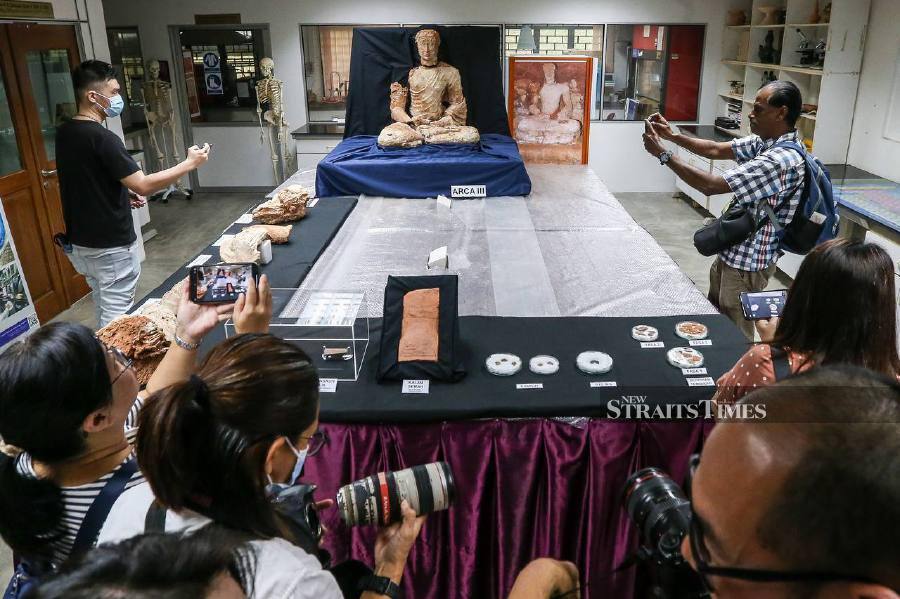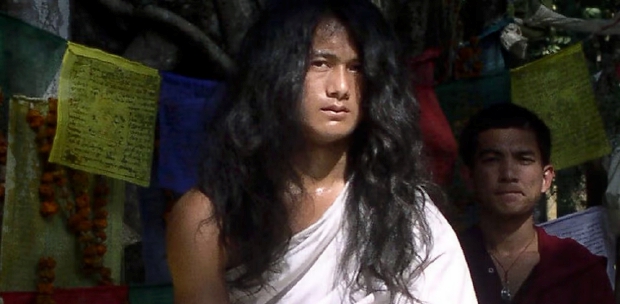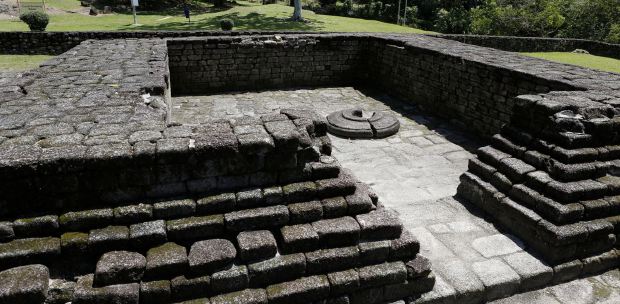GEORGE TOWN: After successfully discovering the largest Buddhist temple structure in Bukit Choras, Yan, Kedah, dating back 1,200 years last year, researchers from Universiti Sains Malaysia (USM) have made yet another significant discovery.
This time, they have uncovered an archaeological relic in the form of a near-complete life-size Buddha figure inside the temple, located to the north of Gunung Jerai in Kedah. The Buddha figure was found in a meditative position.
Researchers from the Global Archaeological Research Centre (PPAG), led by Dr Nasha Rodziadi Khaw, are working to salvage two other relics discovered at the site. These are also believed to be Buddha figures but are in pieces and missing their heads. A fourth relic is thought to be hidden within the temple structure.
According to Tourism, Arts, and Culture Ministry (Motac) Secretary-General Datuk Roslan Abdul Rahman, the exciting aspect of this discovery is that it is even older compared to the Borobudur temple in Indonesia and Angkor Wat in Cambodia. He noted that the relics here are believed to date back to the 7th or 8th century AD, while the one in Indonesia is from the 9th century and in Cambodia from the early 12th century.
The phase III archaeological research, a collaboration between the National Heritage Department and USM, took place from April 21 to May 21 this year. It also uncovered several other artefacts highly significant and important to Malaysia.
"We are certainly very excited about this latest discovery, which is highly significant and important to the country. As a safety measure and for further investigation, the relics have been removed from the Bukit Choras site and temporarily placed in the laboratory of PPAG USM for meticulous conservation work. Once more details are available about the discoveries, we will make them public," he told newsmen after a visit to PPAG, USM, today to view the relics.

Elaborating, Roslan said phase III of the archaeological research also revealed structural elements on the northern and western walls, clearly displaying the main structure of the unique Bukit Choras temple. Additionally, stratigraphic studies, contour mapping, and more detailed documentation were conducted on the temple structure and the laterite blocks found.
"And an important discovery at the site is the human-sized Buddha figure made of stucco, a type of plaster mix of lime, water, and sand, found on the northern wall of the temple. Unlike statues found during phases I and II, this Buddha figure was found complete with its head, featuring iconographic characteristics such as robes, facial expression, and attire, which is clearly visible. Furthermore, a Sanskrit inscription carved on stone and fragments of earthenware were also found.
"Comparative studies between this newly discovered Buddha figure and others, especially from the Indian, Indochinese, and Malay Archipelago civilisations, can provide valuable insights into the ancient society of Kedah Tua (ancient Kingdom of Kedah), particularly in terms of religious, cultural, and artistic-technological connections with the outside world. The discovery of another Sanskrit inscription underscores the significance of Bukit Choras as an important religious site," he added.
In total, up to phase III of the archaeological research, three Sanskrit inscriptions have been found at Bukit Choras. The content of these inscriptions includes "sagaramatipariprocha" mantras (narratives about Buddhist religious doctrines closely related to emptiness, causality, and attributes attributed to Buddha), similar to the content of inscriptions found in phase I.
Roslan said the latest discoveries at the Bukit Choras archaeological site certainly open up new interpretations regarding the geostrategic position of Kedah Tua as a significant city in the maritime trade routes of Southeast Asia.






